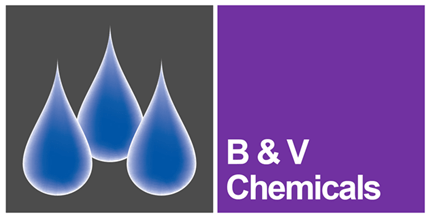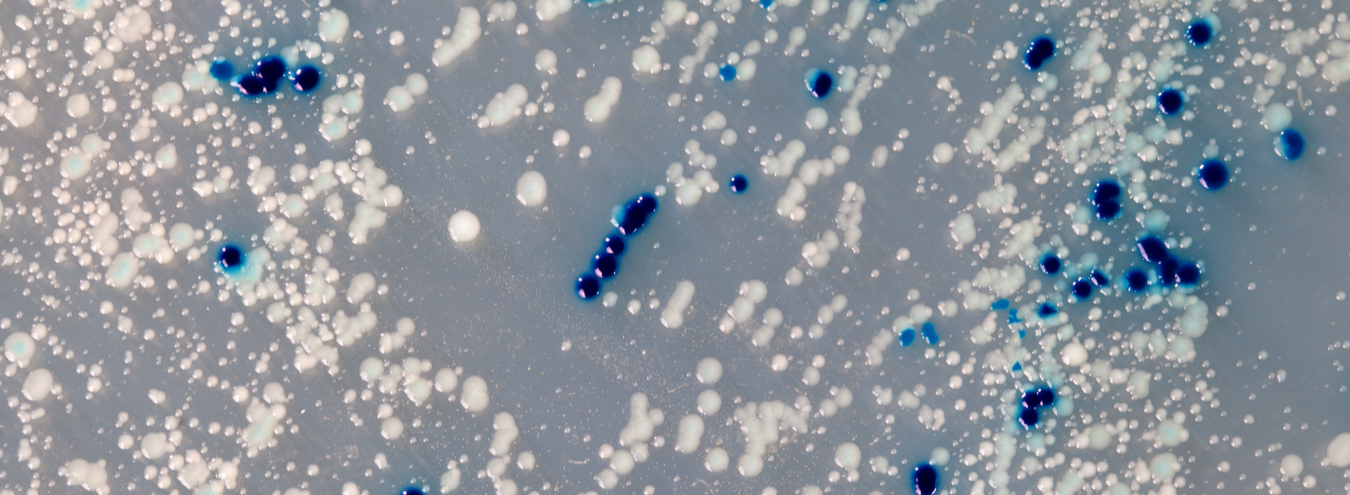Continuing our series of blog posts reviewing the new BSRIA BG29 2020 guidelines, over the next couple of weeks we want to focus on the changes that have been made in regards to the microbiological specifications on sampling. And specifically, the introduction of a five-day turnaround for sulphate reducing bacteria (SRB) testing procedures.
In this blog post, we will outline what happens when bacterial growth goes unchecked in closed circuit systems and the problems associated with it. In next week’s blog post, we will take a closer look at the specific changes in relation to the microbiological test parameters that have been made in BSRIA BG29 2020 in comparison to the 2012 guidelines.
What problems may occur in closed circuit systems if microbial growth goes unchecked?
Closed circuit systems, if left filled and untreated, can quickly develop a microbial biofilm on pipe surfaces. The biofilm (a mixture of live and dead bacteria and their extracellular polysaccharide exudate) forms a protective layer over the settled (sessile) bacteria, rendering it impenetrable to most biocides typically used within these water systems.
Many different species of bacteria are able to develop on the pipe wall surface and both aerobic and anaerobic species flourish. It can also create the starting environment for microbiological induced corrosion.
Some bacteria can use the components present in the inhibitor, such as nitrite and phosphate as a food source, thus depleting the levels of inhibitor in the system and indirectly causing corrosion. If Glycol is present at less than 20%, the degradation of glycol by bacteria to glycolic and oxalic acids can reduce the pH of the system. This promotes corrosion as the pH of the system becomes more acidic.
The likelihood of a biofilm developing in a new closed circuit system after pre-commission cleaning has a direct correlation with the TVC levels detected per ml of system water. It is important to control bacterial levels (TVC’s) from the point of first fill of a closed circuit system to prevent bacteria from proliferating to levels where biofilm development is likely.
Why are we concerned about Pseudomonas spp?
During the late 1990s, some bacteria (particularly Pseudomonas spp.) were linked to a series of damaging contamination problems within closed circuits. The problems included blockages at valves and strainers, sludge formation, and severe gassing affecting flow measurements and commissioning results.
There is no evidence to confirm that Pseudomonas spp. were directly responsible for these problems – other bacteria may be to blame. However, it has been found that where levels of Pseudomonas-like bacteria are high, the risk of these problems is increased. Pseudomonas levels have therefore been used for some time as an indicator of the biological condition of the system water.
The test method recommended in the new BSRIA BG29 2020 ensures that results obtained are directly comparable with overall TVC counts. The acceptable levels of Pseudomonas spp (cfu/ml) have also been revised to give a more realistic indicator of the possibility of biofilm development within a system.
What is the impact of nitrite-reducing bacteria (NRB’s)?
Other bacteria of concern are nitrite-reducing bacteria (NRB’s). These bacteria can cause rapid loss of nitrite-based inhibitor, thus increasing the risk of corrosion. In addition, there is a possibility that, under some circumstances, ammonia may be produced when nitrite is metabolised which could lead to stress corrosion cracking of brass fittings.
There is no completely reliable test for NRB’s in the field or in the laboratory, we would therefore not recommend that testing for NRB’s by the standard test methods used is carried out as results can often be misleading. It is possible to infer the presence of NRB’s in a system by comparing the results of conductivity and nitrite within the system.
For example, in a system containing our Polyhib CH (BV202), if the conductivity of the system is correct ie 1% Polyhib CH in DI water = 1833uS + mains conductivity, molybdate is 330ppm and nitrite is 50ppm it can be inferred that the depletion in Nitrite is due to the presence of NRB’s.
What do sulphate-reducing bacteria (SRB’s) do?
There is a natural order in which microorganisms, in particular bacteria, develop within closed circuit systems. First, the aerobic bacteria develop in aerated sections of the system. If poor agitation or water flow occurs within the circuit, these species will very quickly reduce the oxygen present and give rise to anaerobic activity by sulphate reducing bacteria (SRB’s).
The growth of anaerobic bacteria also occurs in the lower levels of a biofilm, nearest to the pipe wall. These organisms produce hydrogen sulphide which is released as a ‘bad eggs’ odour. SRB’s, and their characteristic corrosion product iron sulphide, are associated with anaerobic corrosion damage of iron-based metals.
There are a number of factors which will influence the growth of microorganisms within a closed circuit system. The following factors all affect microbial growth:
- Efficacy of pre-commission cleaning
- Temperature of operation
- Effective circulation
- Nutrient availability
- Level of inhibitory substances, such as glycol, that are present
The addition of an appropriate biocide in conjunction with appropriate and regular microbiological monitoring is therefore essential. In particularly problematic systems where a number of biocides have already been trialled without a corresponding reduction in microbial numbers, a biocide sensitivity test can be carried out in our on-site laboratory.
Hopefully, this blog post will have given you a solid understanding of how microbiological problems, in particular bacterial growth, can occur within closed circuit systems. The next blog in the series will focus on the differences in bacterial specifications and recommended test methods when comparing BSRIA BG29/2020 with BSRIA BG29/2012.
For advice on the most appropriate and effective closed system chemicals and biocides for use in your system, please contact our technical team.




